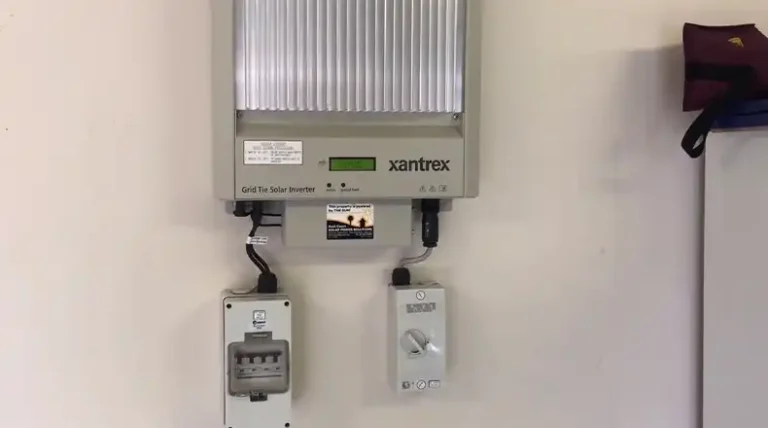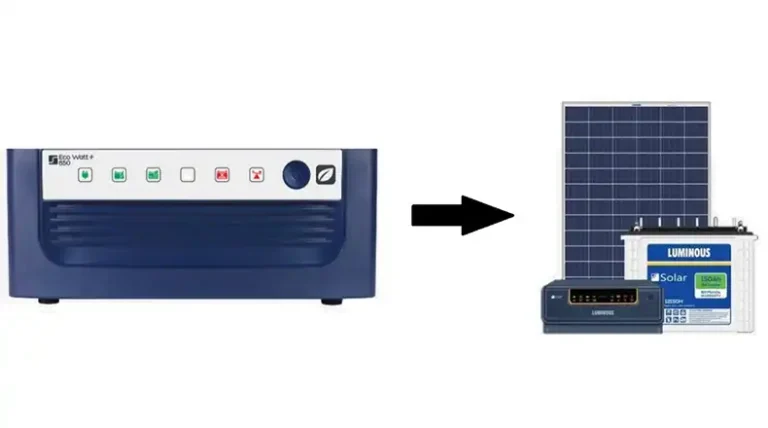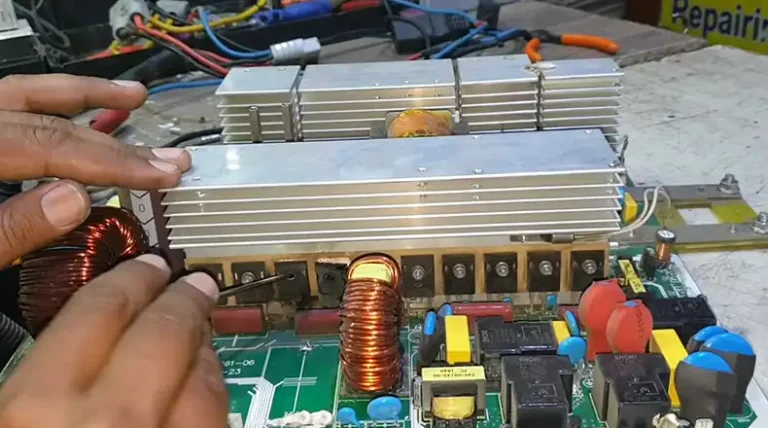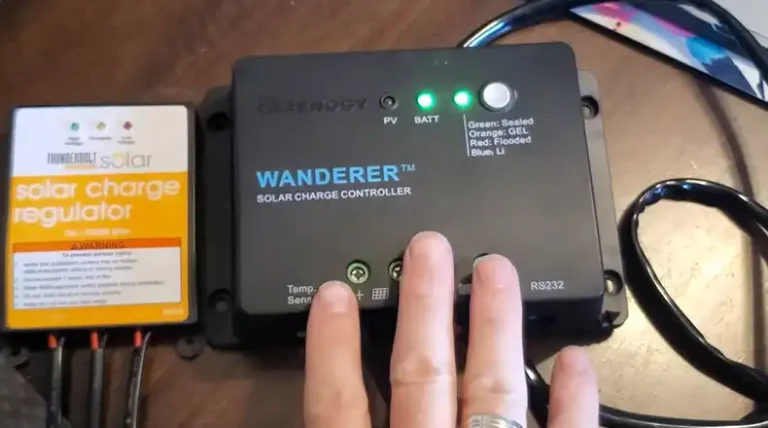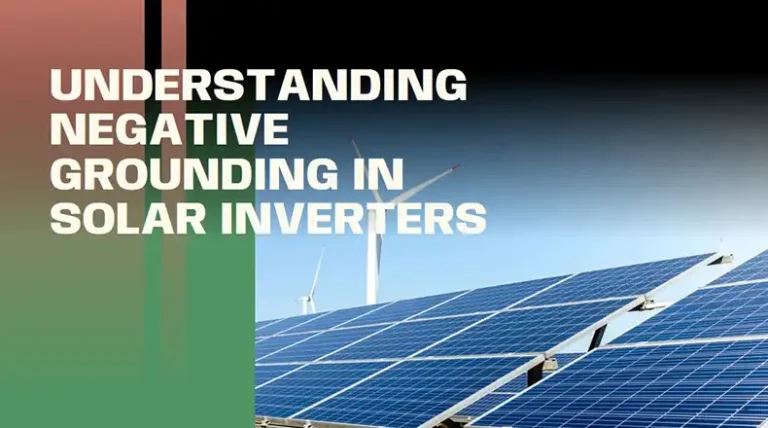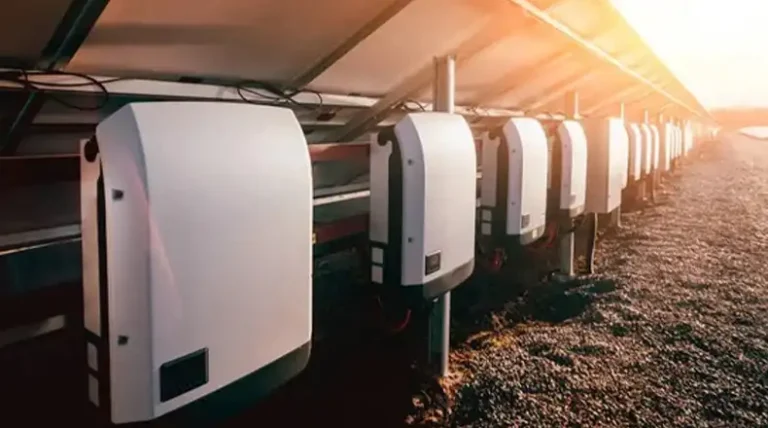Why Solar Inverters Fail? Problems and Solutions
Solar power is a clean energy option, but solar systems can break down. The solar inverter is a key part that often fails. Inverters change the electricity from solar panels into power that can be used in homes. When an inverter stops working, the entire solar system shuts down. This is a hassle and costs money. In this article, I’ll explain the common reasons why solar inverters fail. I’ll also give tips on how to prevent failures and keep your solar system running smoothly.
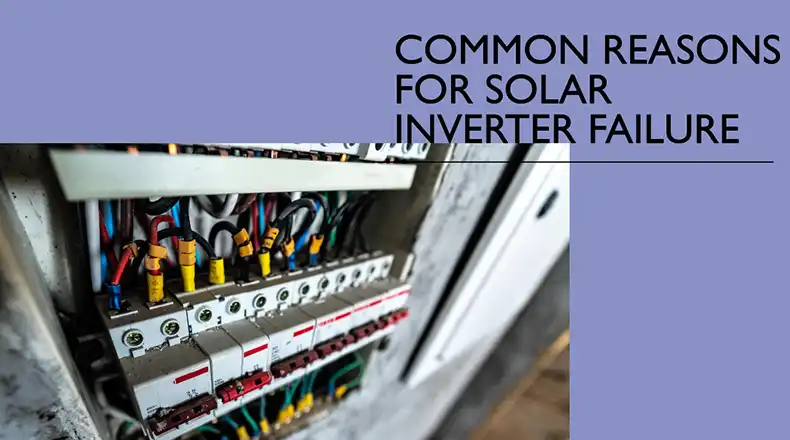
Common Reasons Behind Solar Inverter Failure
Solar inverters play a pivotal role in converting the direct current (DC) electricity generated by solar panels into usable alternating current (AC) power. However, various factors can contribute to their premature failure, leading to disruptions in the solar system’s operation. In this section, we’ll explore the common culprits behind solar inverter malfunctions and the specific issues that can arise.
Environmental Factors
Environmental conditions can significantly impact the lifespan and performance of solar inverters. These external factors can expose the inverters to harsh conditions that accelerate their degradation.
Overheating
Proper ventilation and cooling systems are essential for solar inverters to prevent overheating. Poor ventilation or high ambient temperatures can lead to excessive heat buildup within the inverter, causing internal components to degrade or fail prematurely. Overheating can occur due to inadequate airflow, blocked vents, or malfunctioning cooling fans, resulting in accelerated aging of sensitive electronic components.
Humidity
Moisture and humidity can be detrimental to solar inverters, particularly in coastal or tropical regions. When moisture seeps into the inverter enclosure, it can cause corrosion, short circuits, and damage to sensitive electronic components, ultimately leading to malfunctions or complete failure. Even small amounts of condensation can wreak havoc on the delicate circuitry within the inverter, compromising its performance and reliability.
Electrical Factors
Electrical factors play a crucial role in the reliable operation of solar inverters. Fluctuations in voltage or current can strain the inverter’s components, leading to premature failure.
Capacitor wear
Capacitors are vital components in solar inverters, helping to smooth out voltage fluctuations and ensure stable power output. Over time, these capacitors can degrade due to heat, voltage stress, or age, resulting in reduced efficiency and, eventually, complete failure of the inverter. As capacitors wear out, they can cause ripples in the output voltage, leading to decreased energy production and potential damage to connected electrical equipment.
Voltage fluctuations
Solar inverters are designed to operate within specific voltage ranges. However, voltage fluctuations, such as spikes or dips, can occur due to various reasons, including shading, panel mismatches, or grid disturbances. These fluctuations can damage sensitive electronic components within the inverter, leading to malfunctions or even complete failure. Voltage spikes, in particular, can cause excessive stress on the inverter’s internal components, potentially leading to burnouts or permanent damage.
Installation Issues
Proper installation is critical for the longevity and optimal performance of solar inverters. Improper installation practices can introduce issues that accelerate the inverter’s failure.
Poor installation practices
Improper installation practices, such as faulty wiring, inadequate grounding, or subjecting the inverter to excessive mechanical stress, can contribute to premature failure. These issues can lead to electrical faults, overheating, or physical damage to the inverter’s components. Faulty wiring can result in incorrect voltage or current levels, causing the inverter to operate outside of its designed parameters, while mechanical stress can weaken the internal connections and lead to component failure.
Age and Wear
Like any electronic device, solar inverters have a finite lifespan and are subject to wear and tear over time. As they age, the risk of failure increases, necessitating replacement or upgrades.
Most solar inverters have an expected lifespan of 10 to 15 years, depending on the quality of the components, environmental conditions, and maintenance practices. As inverters approach the end of their service life, the risk of failure increases, necessitating replacement or upgrades to maintain the system’s efficiency and reliability. Aging components, such as capacitors, transistors, and circuit boards, can become less reliable, leading to decreased performance or complete failure.
How to Prevent Inverter Failure and Overcome These Issues?
While solar inverter failures are inevitable due to various factors, there are several proactive measures you can take to minimize the risk and prolong the lifespan of your solar system. In this section, we’ll explore practical solutions and preventive measures to help you overcome these challenges.
Proper Maintenance
Regular maintenance is crucial for ensuring the optimal performance and longevity of your solar inverter. Neglecting maintenance can lead to accelerated degradation and shorten the inverter’s lifespan.
Regular maintenance is crucial for ensuring the optimal performance and longevity of your solar inverter. Follow the manufacturer’s recommended maintenance schedule, which may include firmware updates, capacitor replacements, or other preventive measures. Conduct regular inspections, clean the inverter enclosure, and check for any visible signs of damage or wear. Proper maintenance can help identify potential issues early and prevent them from escalating into major failures.
Proper Installation
Ensuring proper installation is the foundation for a reliable and long-lasting solar PV system. Cutting corners during installation can lead to costly problems down the line.
Proper installation is the foundation for a reliable and long-lasting solar PV system. Work with experienced and certified solar installers who follow industry best practices. This includes proper grounding, adequate ventilation, and adherence to local electrical codes and regulations. A well-installed system minimizes the risk of electrical faults, overheating, and mechanical stress on the inverter, helping to extend its lifespan and ensure optimal performance.
Install Surge Protection
Voltage spikes and surges can be detrimental to solar inverters, causing irreparable damage. Installing surge protection devices can provide an additional layer of protection for your investment.
Voltage spikes and surges can be detrimental to solar inverters, causing irreparable damage. Installing surge protection devices can help safeguard your inverter from these potentially harmful voltage fluctuations, providing an additional layer of protection for your investment. Surge protection devices act as a buffer, absorbing and dissipating excess voltage before it reaches the inverter, preventing damage to sensitive electronic components.
Monitor Your System
Regularly monitoring your solar PV system can help you identify potential issues before they escalate into major failures, allowing for timely interventions and preventive maintenance.
Regularly monitoring your solar PV system can help you identify potential issues before they escalate into major failures. Consider investing in a monitoring system that provides real-time data on your inverter’s performance, allowing you to detect any anomalies or deviations from expected output. This proactive approach can enable timely maintenance and prevent costly downtime. By closely monitoring your system, you can catch early warning signs of potential failures and take corrective actions before they become more severe.

